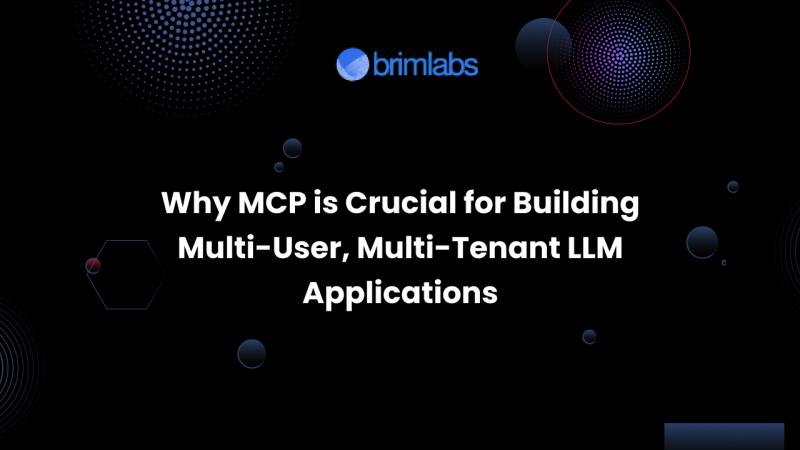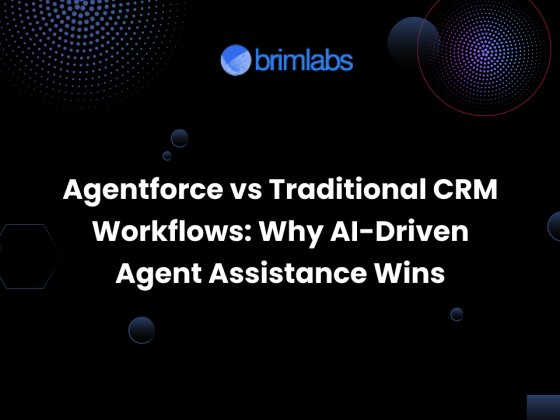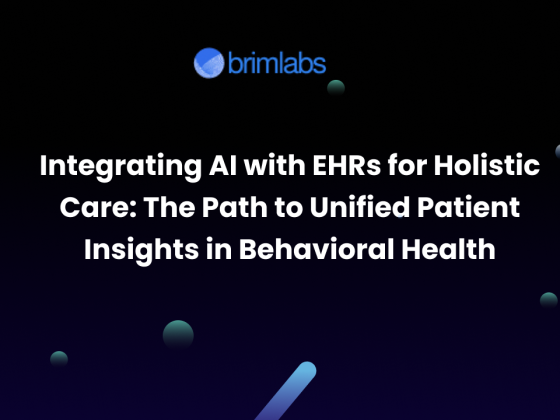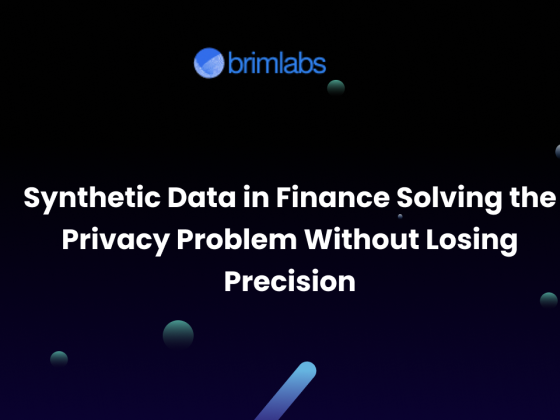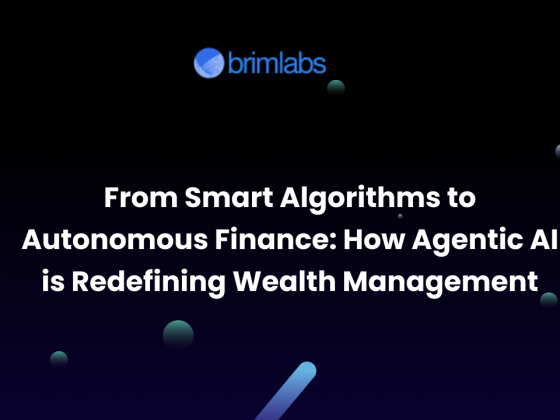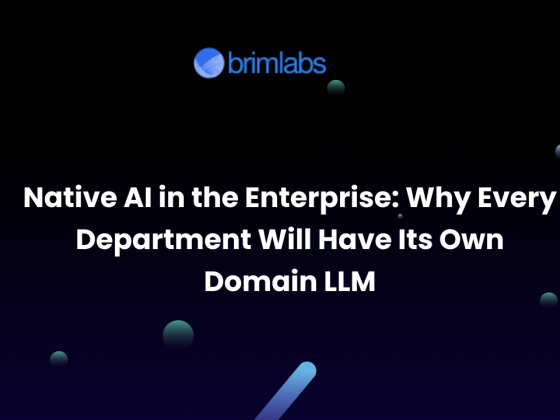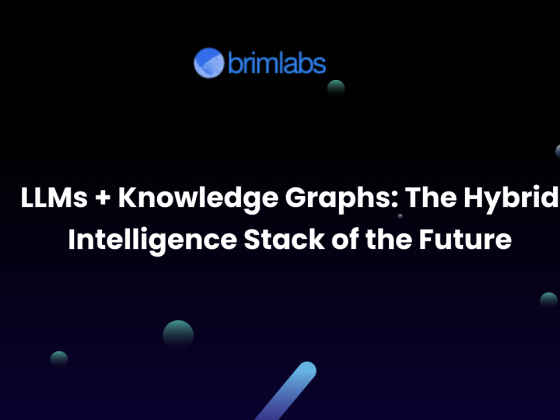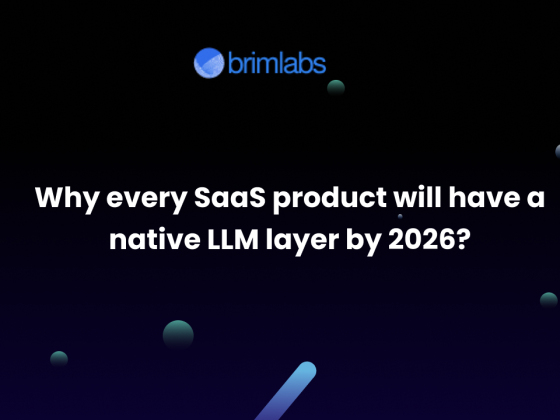The rise of LLMs has ushered in a new wave of enterprise and SaaS applications, where AI assistants can summarize documents, answer support tickets, generate code, and even handle business workflows. However, building multi-user, multi-tenant LLM applications introduces a critical challenge: how do you ensure each user and organization only accesses the data, tools, and capabilities they’re entitled to?
This is where the Model Context Protocol (MCP) becomes essential.
The Challenge: Context, Isolation, and Personalization
Most LLMs, out of the box, are general-purpose; they don’t inherently understand the concept of users, organizations, permissions, or role-based access. When multiple users interact with the same model, maintaining separation of data, preserving security, and customizing responses become complex, especially in multi-tenant environments like:
- SaaS platforms
- HR/Finance tools
- Customer service automation
- Healthcare and legal AI copilots
Without strict context isolation, an LLM may hallucinate information, leak data across tenants, or misrepresent actions it’s allowed to take. This is not just a technical flaw, it’s a compliance and security risk.
Enter MCP: The Missing Layer of Context Management
MCP is a framework that governs how LLMs operate within dynamic, multi-user systems. It acts as a context broker, enforcing who can access what, when, and how, before the model even starts reasoning.
What is MCP?
MCP is a runtime architecture that allows developers to:
- Bind LLM queries to authenticated user sessions
- Inject role- and tenant-specific data context into prompts
- Enforce permission models and action-level constraints
- Audit and trace interactions for governance and compliance
In simple terms, MCP makes the LLM behave differently based on who’s talking, ensuring each user’s interaction is securely sandboxed and customized.
Why MCP is Crucial in Multi-Tenant LLM Apps
Let’s break down why MCP is indispensable:
1. Data Privacy and Compliance
In multi-tenant systems, data from one organization must never leak into another’s context. MCP ensures:
- Per-tenant embeddings, tools, and knowledge bases
- Strict separation at runtime (no shared context vectors)
- SOC2, HIPAA, and GDPR-aligned data handling
Without MCP, a simple summarization task could pull in unrelated documents from other clients, violating contracts and trust.
2. Fine-Grained Access Control
A customer support agent, HR admin, and compliance officer may all use the same AI assistant, but should have radically different capabilities.
MCP enables:
- Role-based prompt templating
- Action restrictions (e.g., “read-only” for some users)
- Secure function calling (only allowed APIs are exposed)
3. Personalized Output, Scoped Context
By isolating the user’s context (documents, preferences, interaction history), MCP allows LLMs to generate deeply personalized results without cross-contamination.
Example:
- A marketing manager gets campaign analysis tailored to their brand tone
- A sales rep sees deal summaries based only on their pipeline
4. Scalable and Secure Prompt Engineering
Traditional prompt engineering becomes unsustainable in large systems. MCP introduces a structured way to:
- Compose dynamic prompts from user context
- Auto-fill variables with tenant-specific metadata
- Abstract the prompt logic from the business logic
5. Audit Trails and Observability
MCP supports logging every interaction, including:
- User identity and role at the time of query
- Context payloads sent to the LLM
- Output classification (e.g., hallucination risks, unsafe queries)
This level of observability is crucial for enterprise adoption of AI.
Architecture Overview: How MCP Works in Practice
Here’s a high-level view of an MCP-enabled multi-tenant LLM system:
User Request → Auth Layer → Context Manager (MCP) → Prompt Assembler
↓
Vector Store + Tool Access
↓
LLM Inference & Response
Each request flows through:
- Authentication Layer
Identifies the user, their role, and tenant ID. - MCP Context Manager
Determines what data/tools/actions are allowed. It builds a scoped context window and selects prompt templates. - Prompt Engine + Toolchain
Uses embeddings, RAG, or plugins, but only those scoped for the user/tenant. - LLM Inference
A clean, secure prompt is sent to the LLM. The output is post-processed, logged, and returned.
Real-World Applications
Here’s where MCP is already proving its worth:
- AI Meeting Assistants: Ensures one user’s meeting notes or calendars don’t leak into another’s session.
- E-commerce AI Copilots: Shows only the relevant catalog, order data, and discounting rules for a specific seller account.
- Healthcare Platforms: Uses role-based access to ensure only authorized staff can ask diagnostic questions or access patient records.
Conclusion: Why Brim Labs Builds With MCP
At Brim Labs, we specialize in building secure, scalable AI applications for startups and enterprises across Fintech, HealthTech, SaaS, and more. When developing LLM-powered platforms, we always integrate MCP-based architecture to ensure:
- True context isolation across users and clients
- Enterprise-grade permissioning and security
- Audit-ready, compliant AI workflows
Whether you’re building an AI copilot for customer support or a personalized assistant for enterprise workflows, MCP is no longer optional, it’s foundational.
Let’s chat if you’re building a multi-user LLM product and want to do it right from day one.

